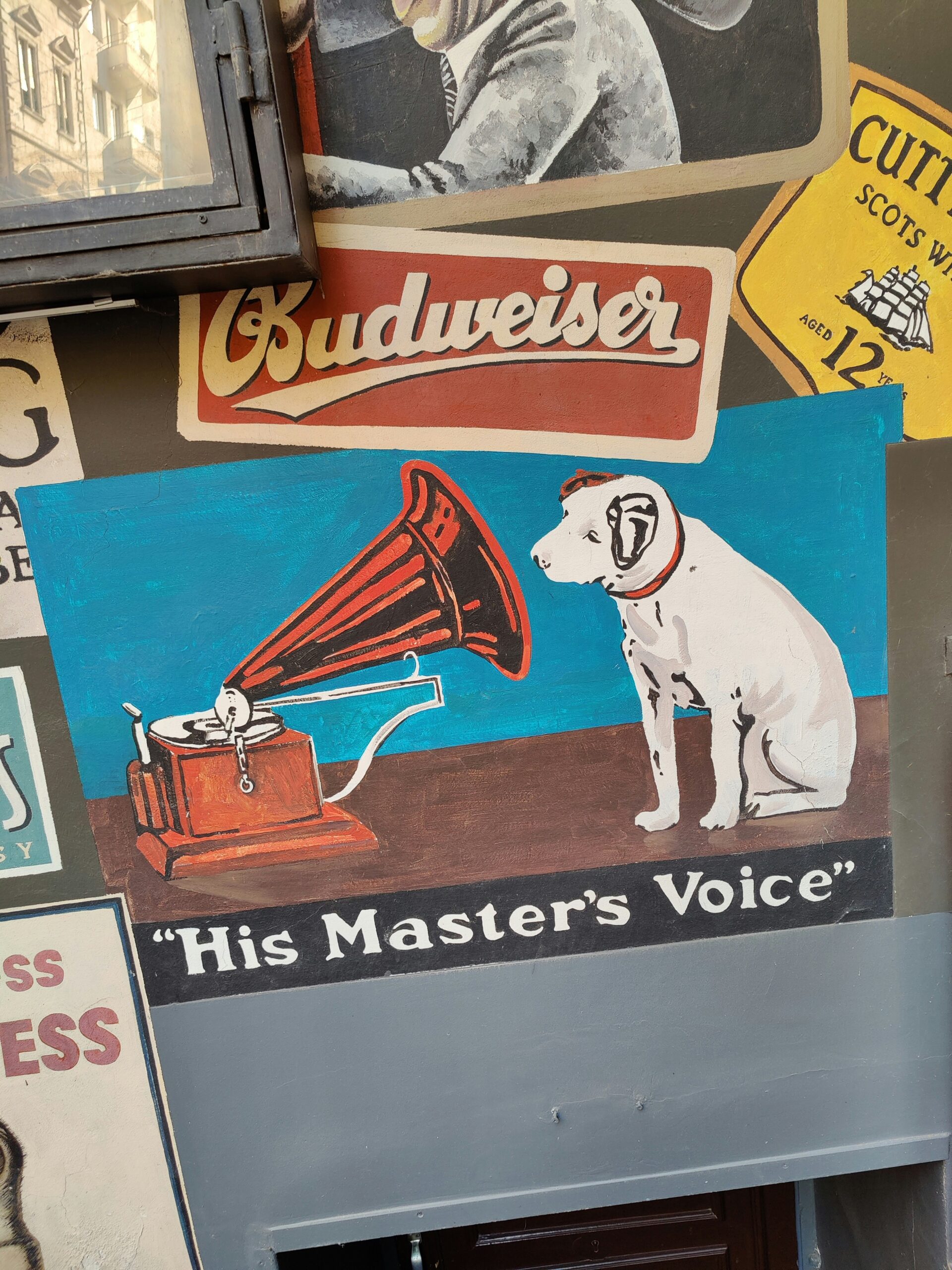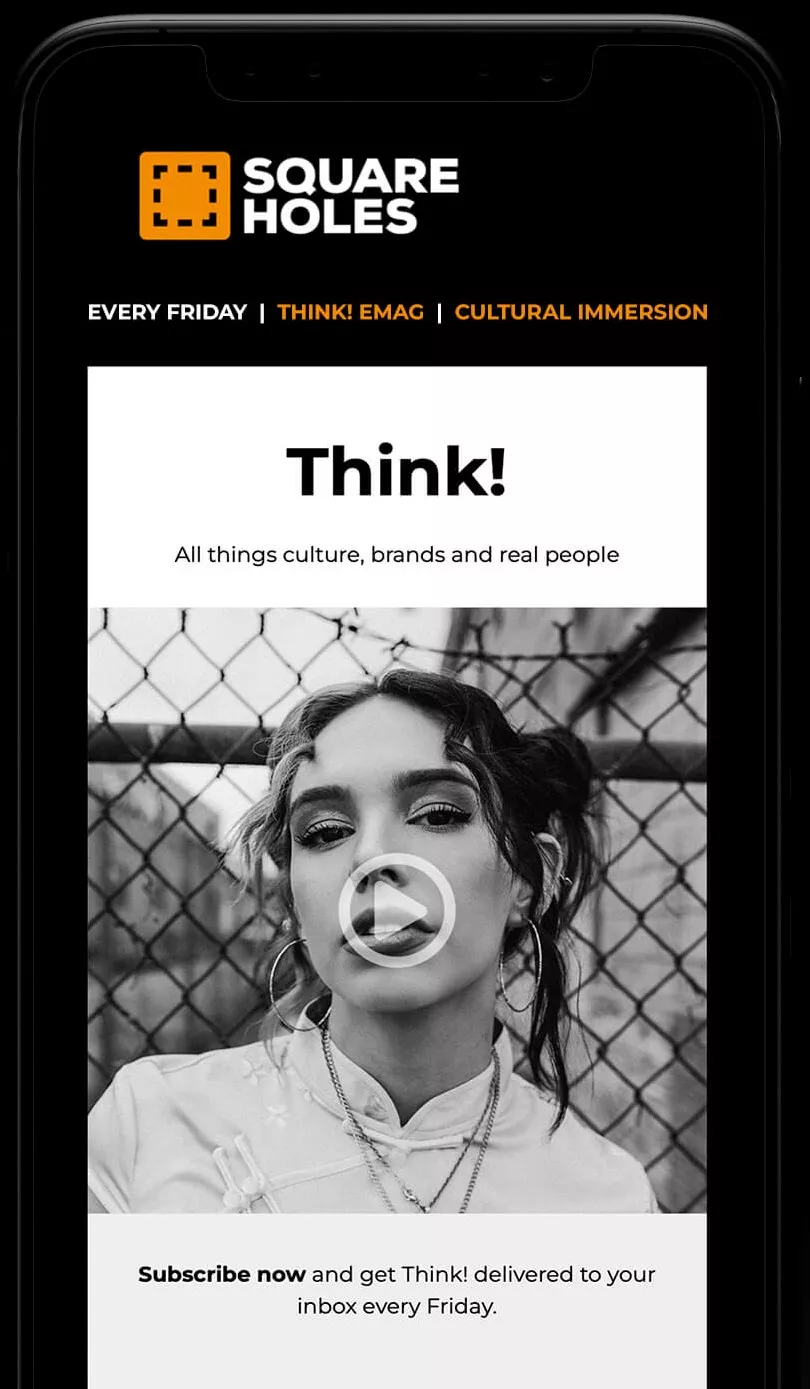How to build an authentic brand voice with market research
As we continue to make technological advancements at breakneck speed, AI voice generators are the next frontier that is causing both excitement and concern.
Humans traditionally haven’t enjoyed when automation comes into play in place of genuine, human customer service, think frustrating merry-go-round battles with telco bots, because it feels both inauthentic and lacks emotional nuance.
According to the 2025 Edelman Trust Barometer, 59% of global employees fear job displacement due to automation, and 63% of people worry about foreign countries waging an information war. Trust is now a major factor in how AI used – specially when it comes to voice and video generators.
When is comes to business, only 44% of people globally feel comfortable with businesses using AI. According to Edelman, ‘transparency, fairness, and clear use cases will be best positioned to build long-term trust and drive meaningful adoption’, against those that shield their use in secrecy.
At the same time, authenticity remains a top concern for consumers. A study by Stackla found that 88% of consumers consider authenticity important when deciding which brands to support. This is backed up by the 2021 Edelman Trust Barometer Special Report, which states that 61% of consumers said that trusting a brand is a top purchasing consideration.
But how do you build an authentic brand voice in 2025?
One key way is through utilising market research. This avenue looks to align your communication style with what your audience values, expects, and resonates with—while staying true to your brand’s identity.
A strong approach starts with defining your core brand identity, including mission & vision, brand values, unique selling proposition and personality (playful, professional, bold, empathetic, ect).
Then using both quantitative and qualitative methods you can start to build insights via surveys and polls on tone preferences, social listening via your social media, competitor analysis (how your competitors engage with their customers), customer interviews to weed out emotional and psychological drivers, and audience personas.
Once you have received a clear picture of the best tone for your brand, align your voice with the insights discovered. Then it’s best to test and refine using A/B test variations of brand messaging across emails, social posts and ads. Market research can also assist in ongoing tracking to see how customers are responding to the changes.
Once you have nailed down a tone that feels authentic to your brand, but also engages your community in the way you want – create a voice and tone guide for training. This should include your principals, do’s and don’ts, and adaptations by channel (emal vs. social vs. support).
While it is exciting to find a voice and move into a flow with that, it’s important to continue to review and audit communications regularly to ensure they remain aligned. Ongoing tracking with a market research agency is a strong way to achieve this.
Your brand voice should feel human, recognisable, and consistent—but not rigid. It should evolve based on audience feedback and cultural shifts, while staying rooted in your brand identity.
Want to learn more about how market research can help you build or hone your brand voice? Head here.




